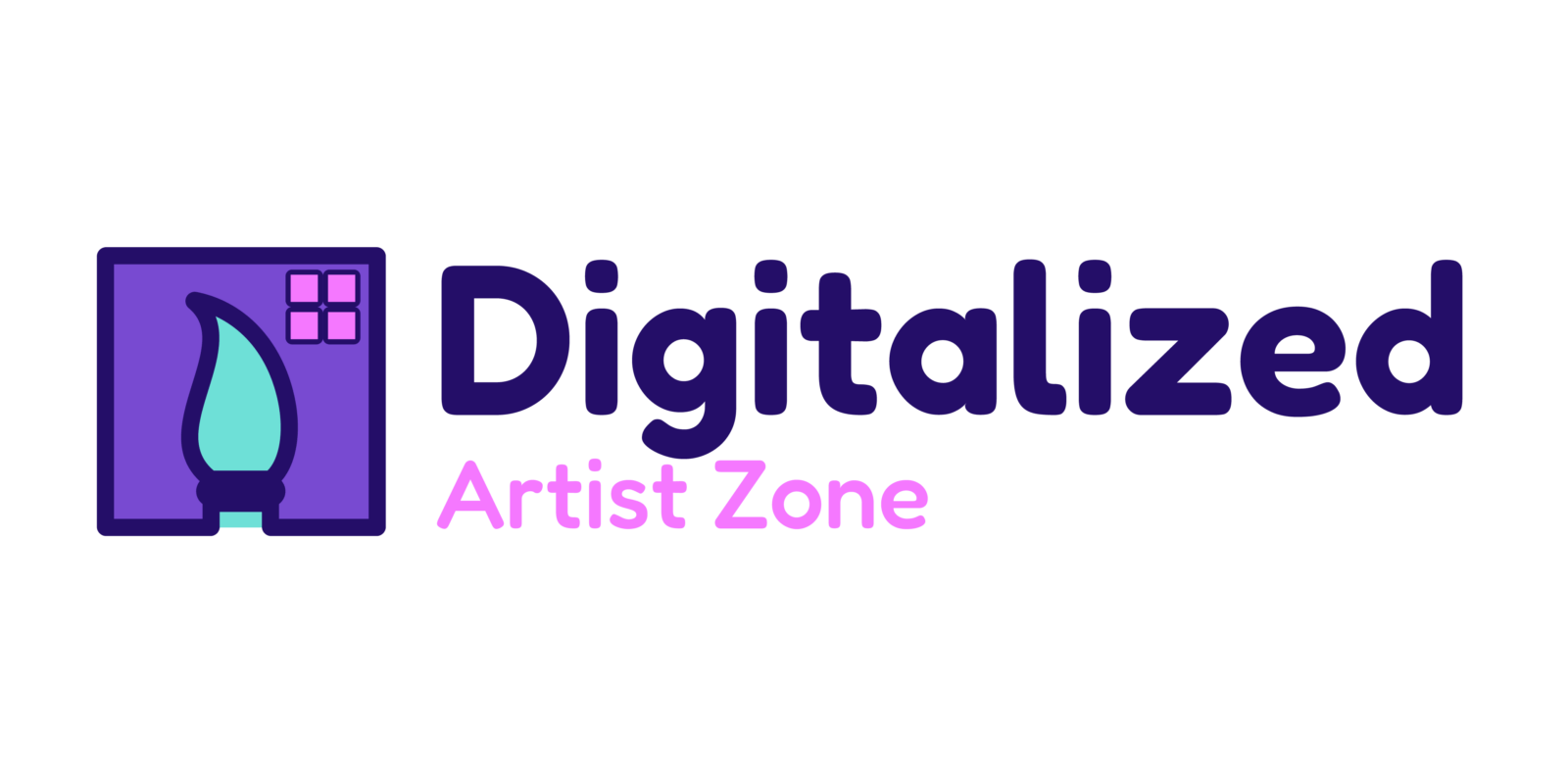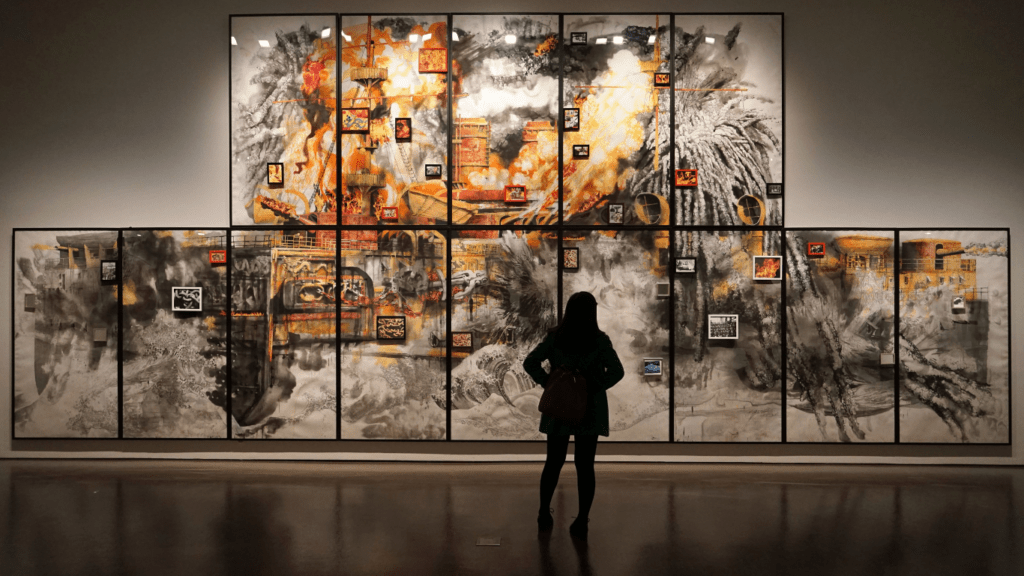Navigating the digital art landscape can be a thrilling yet challenging journey for creators seeking visibility in a sea of content. As an artist myself, I’ve experienced firsthand the profound effects that social media algorithms can have on the exposure and recognition of digital artwork. In today’s interconnected world, where algorithms dictate what we see and engage with online, understanding their impact is paramount for artists looking to showcase their work to a broader audience.
The algorithms governing platforms like Instagram, TikTok, and Pinterest play a pivotal role in determining the reach and discoverability of digital art pieces. From shaping our feeds to influencing trends, these algorithms wield significant power in shaping the online art community. In this article, we delve into the intricate web of social media algorithms and explore how they shape the visibility and reception of digital art in the digital age.
Understanding Social Media Algorithms
When it comes to social media algorithms, understanding how they work is crucial for digital artists looking to increase their online presence. These algorithms dictate what content users see on their feeds based on various factors such as engagement, relevance, and timeliness. As an artist, I rely on these algorithms to ensure that my work reaches a broader audience and receives the recognition it deserves.
Social media platforms like Instagram, TikTok, and Pinterest use complex algorithms that prioritize content based on user interactions. For example, the more likes, comments, and shares a post receives, the more likely it is to be shown to a larger number of users. As an artist, I monitor these algorithms closely to optimize my posts and engage with my audience effectively.
Understanding the intricacies of social media algorithms allows me to tailor my content to the platform’s preferences. By knowing what type of content performs well, I can create digital art that resonates with my followers and increases the chances of my work being discovered by new audiences. It’s essential for me to adapt to these algorithms to stay relevant and continuously grow my online presence.
Importance of Digital Art Exposure
As a digital artist, I recognize the crucial importance of exposure for my artwork in today’s online landscape. Social media algorithms play a pivotal role in determining the visibility and reach of my creations across platforms like Instagram, TikTok, and Pinterest. Understanding these algorithms is key to maximizing the potential audience for my digital art.
By grasping the workings of these algorithms, I can tailor my posts to enhance engagement and relevance, optimizing them for increased visibility. Monitoring and adapting to these algorithms allow me to stay ahead in the digital art sphere, connecting with a broader audience and showcasing my work effectively. The algorithms serve as gatekeepers to reaching more viewers, shaping the way I present my art online.
Adapting to the ever-evolving nature of social media algorithms empowers me to navigate the digital art world successfully. It enables me to adjust my strategies, interact with my audience more meaningfully, and increase the discoverability of my artwork. Embracing these algorithms is essential for me to expand my online presence and foster a community around my digital creations.
Impact of Social Media Algorithms on Art Visibility
Social media algorithms play a crucial role in determining the visibility and reach of digital art in the online sphere. Understanding how these algorithms operate is essential for artists to effectively showcase their work and attract a broader audience.
- Reach and Engagement
Maximizing reach and engagement is key for digital artists to amplify the visibility of their work. Social media algorithms prioritize content based on user interaction, such as likes, comments, and shares. By creating engaging and relevant posts that prompt audience interaction, artists can boost their reach and increase visibility within platforms’ algorithms. - Content Recommendation
Social media algorithms curate personalized content recommendations for users based on their interests and behavior. For digital artists, this means tailoring their posts to align with the preferences of their target audience. By analyzing trends and user data, artists can optimize their content to align with algorithmic recommendations, enhancing the chances of their work being discovered by a wider audience.
Algorithm Bias
Despite their intention to streamline content delivery, social media algorithms may exhibit bias in promoting certain types of digital art over others. It’s essential for artists to be aware of these biases and adapt their strategies accordingly. By diversifying content formats, exploring new platforms, and engaging with diverse audiences, artists can mitigate the impact of algorithmic bias and ensure equitable visibility for their work.
Strategies to Enhance Digital Art Exposure
To boost digital art exposure in the realm of social media algorithms, I focus on specific strategies that can help artists overcome challenges and maximize opportunities. By implementing targeted approaches, artists can enhance the visibility and reach of their digital artwork across various platforms like Instagram, TikTok, and Pinterest.
1. Content Optimization:
I optimize my digital art content by analyzing engagement metrics and post relevance to align with social media algorithms’ preferences. By creating visually appealing and interactive posts, I can increase the chances of my artwork being featured on users’ feeds, thereby enhancing exposure and attracting a broader audience.
2. Consistent Posting Schedule:
Maintaining a consistent posting schedule is crucial to staying relevant and active on social media platforms. By regularly sharing new digital art pieces at peak engagement times, I can boost visibility, maintain audience interest, and increase the likelihood of reaching a larger audience.
3. Utilizing Hashtags and Keywords:
I leverage relevant hashtags and keywords in my posts to improve discoverability and reach on social media. By using popular and niche-specific tags related to digital art, I can enhance the visibility of my posts, making it easier for users interested in similar artwork to find and engage with my creations.
4. Collaborations and Cross-Promotions:
Collaborating with other artists or influencers in the digital art community can significantly expand exposure opportunities. By engaging in cross-promotions and shoutouts, I can reach new audiences, tap into different networks, and showcase my work to a wider pool of potential followers and art enthusiasts.
5. Engaging with Followers:
Interacting with my audience through comments, polls, and live sessions helps foster a sense of community and engagement around my digital art. By responding to feedback, questions, and comments, I can build meaningful connections, increase visibility, and encourage repeat engagement with my artwork.
6. Diversifying Content Formats:
Exploring diverse content formats such as videos, reels, stories, and live streams can add variety to my digital art posts and cater to different audience preferences. By diversifying my content, I can capture the attention of a broader demographic, increase engagement, and enhance the overall visibility of my artwork.
By implementing these targeted strategies, digital artists can navigate the intricacies of social media algorithms, enhance exposure opportunities, and maximize their reach in the competitive landscape of online art promotion.





